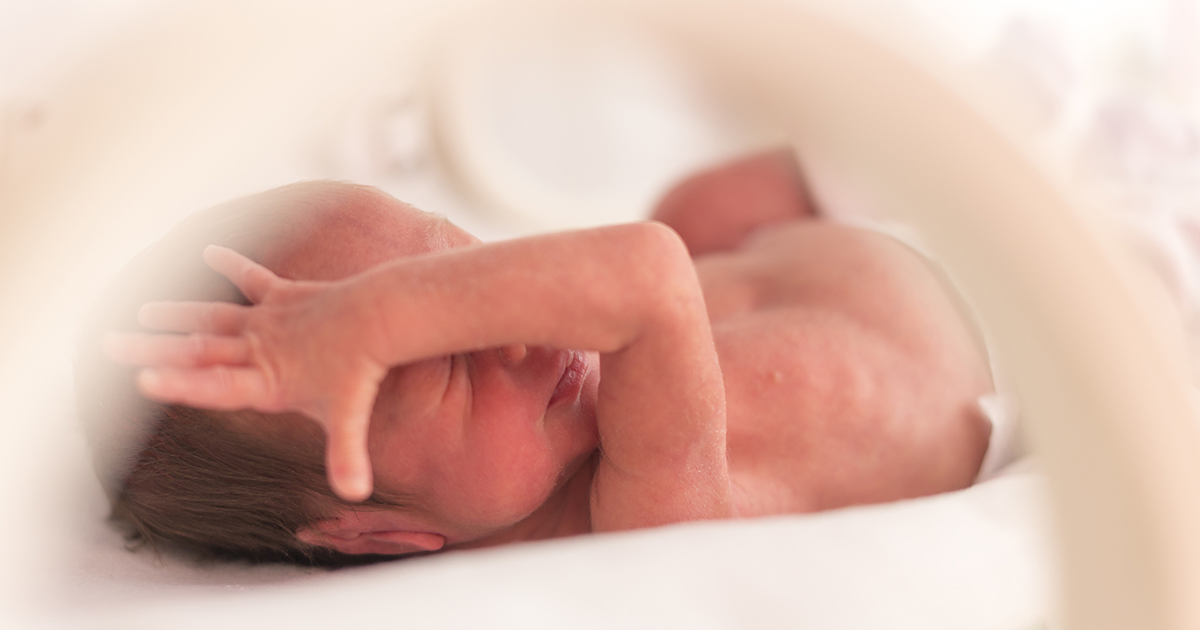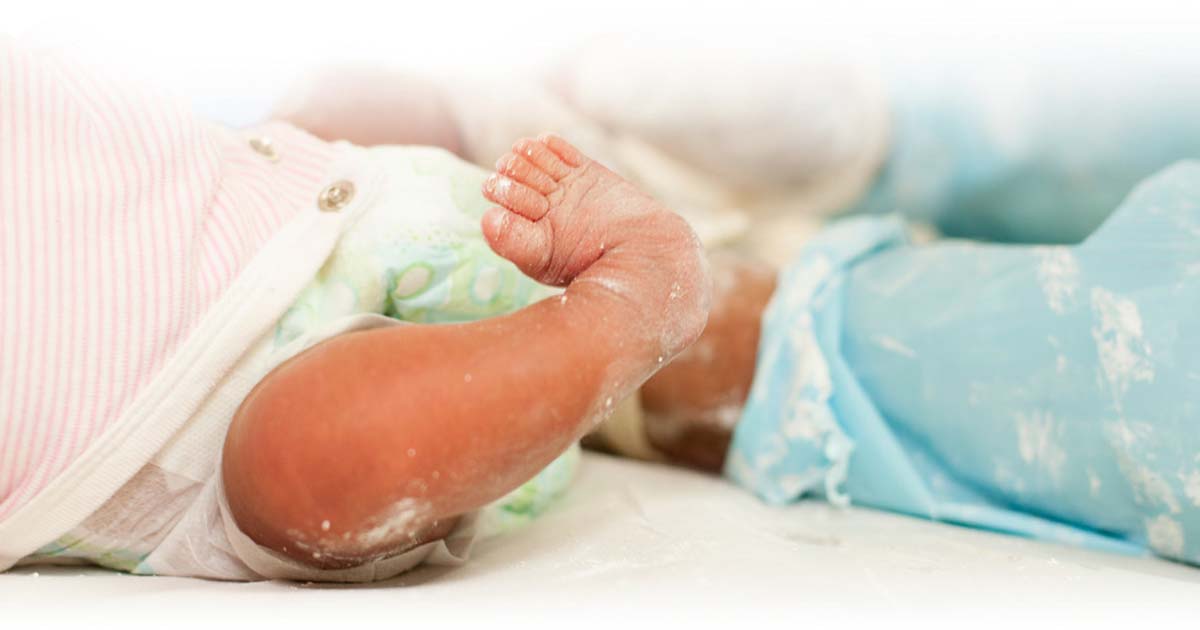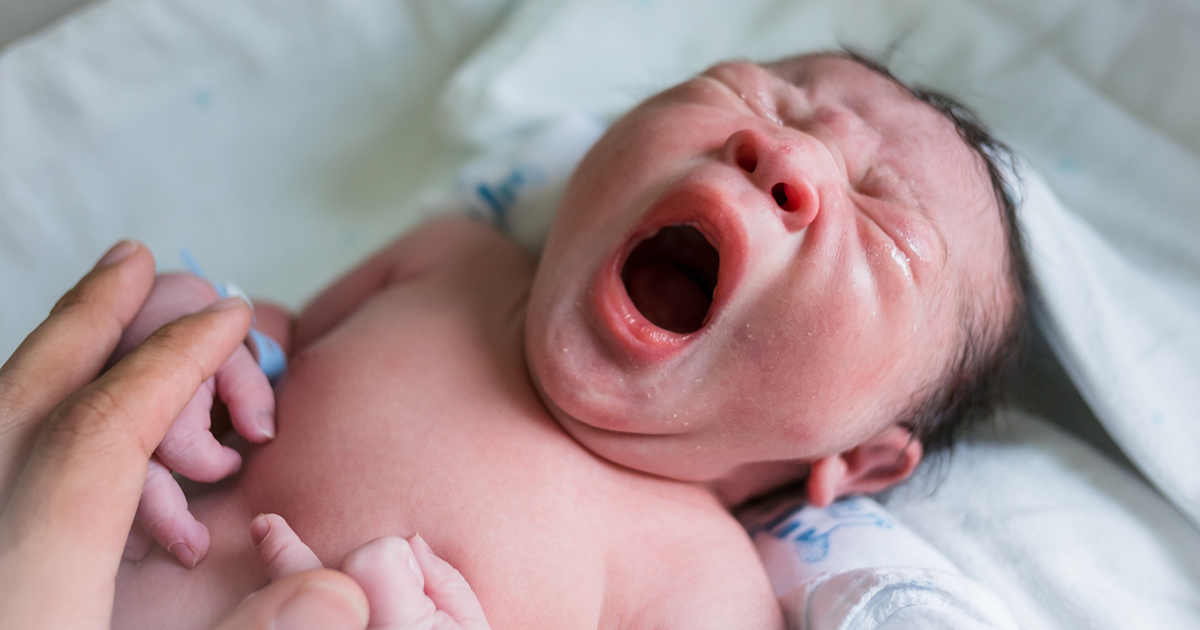The Most Common Birth Defects
According to the Centers for Disease Control and Prevention, a birth defect occurs in one in every thirty-three babies born in the United States. Birth defects are physical or mental abnormalities that are the result of genetic mutations or something in the environment that affected the mother while she was pregnant. Most birth defects happen within the first trimester of pregnancy and can affect every part of the body. They can be so mild that the person is not even aware that they have a birth defect or so severe that the person requires lifelong medical attention and has a shortened lifespan. Some abnormalities can be seen immediately, though others require specific tests to be detected. Keep reading to learn about the most common birth defects now.
Heart Defects

Problems with the heart are the most common category of congenital disabilities, and they are among those abnormalities that need tests to be detected and diagnosed. They most often happen when the organs of the fetus are being formed, which is during the first three months of the pregnancy. Heart defects include tetralogy of Fallot, which interferes with the heart's ability to pump blood to the lungs. Unfortunately, infants who have this disorder need medical care all of their lives. Other heart defects present at birth are pulmonary atresia, where the pulmonary valve in the heart is malformed. As in tetralogy of Fallot, the blood cannot reach the lungs. Babies can also be born with transposition of the great arteries, where the larger arteries in the heart switch positions, which prevents the blood from having enough oxygen.
Next, reveal another common birth defect that a child can be born with now.
Spina Bifida

Spina bifida is a neural tube defect. It happens when the embryo’s neural tube, which eventually grows into the central nervous system, does not form the correct way. Basically, the neural tube does not close properly in spina bifida. Normally, it closes about a month after conception. It can be mild or very severe and has numerous forms. In occulta, the defect cannot be seen and there may be only a tiny space between the vertebrae. Individuals who have this form of spina bifida may not know they have it. In meningocele, the meninges, which are membranes that are supposed to enclose the spinal cord, bulge out through an opening in the spine, which is a fluid-filled sac. In myelomeningocele, the spinal canal gapes in several places, and the nerves from the spine bulge out in the child's back. This is the most severe and life-threatening form of the disorder.
Continue reading to uncover a facial deformity that is quite common, but is highly treatable.
Cleft Palate

A cleft palate is an opening in the roof of the mouth that connects with an opening in the nose. It happens when the tissues in what will become the baby’s face, do not connect properly. While abnormal genes may have a part in thisbirth defect, researchers are not sure what these genes are. In many cases, the causes of cleft palate are not known. Other causes could be environmental. The baby’s mother may have been older than usual, or a smoker, a heavy drinker, used illicit drugs or was subjected to other activities where her tissues may have been temporarily starved of oxygen. Other causes may be exposure to pesticides or exposure to substances derived from vitamin A called retinoids. Fortunately, this deformity is quite treatable and usually requires surgery to help fix the issue.
Keep reading to learn about another common birth defect, this time affecting the feet.
Club Foot

Club foot is a birth defect where the foot is twisted or bent out of shape. Sometimes the foot is so bent that the foot's sole faces upward. The affected foot and leg are shorter and smaller than the unaffected foot and leg. It is a common birth defect and affects approximately one in 1000 babies. Sometimes both feet are affected, and males are twice as susceptible to having aclub foot compared to females. It happens because the tendons in the foot are too short and too tight which causes the foot to twist. The abnormality can be seen when the child is born, but it can also be detected on a prenatal ultrasound. There are two types of this deformity. In the first, the child has nothing else wrong with them. With the other type, the birth defect is part of a syndrome of congenital health disorders. Though the condition is not painful while the child is a baby, it needs to be treated promptly to ensure that the child can eventually walk normally and without pain.
Next, discover other genetic conditions that arebirth defectsnow.
Other Genetic Causes

Birth defects sometimes have genetic causes such as Down syndrome and dwarfism. These are both sporadic birth defects but can be quite common in certain communities. Down syndrome is a genetic condition where the patient has both trisomy 21 or some other problem with their genes on chromosome 21, whereas dwarfism is associated with a mutation in the FGFR3 gene.
Trisomy 21 is when there is an extra copy of the 21st chromosome, where there are only supposed to be two copies of this chromosome, one inherited from both parents. It can be a complete copy or a partial copy, often causing Down syndrome. In dwarfism, the FGFR3 gene controls the growth of cells and the development of the embryo. When a person has two mutations in this gene, they tend to develop achondroplasia, which is a type of dwarfism where the limbs are abnormally short, and the size of the trunk is normal, while the head is unusually large.